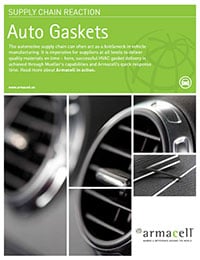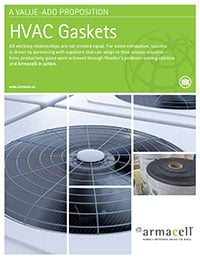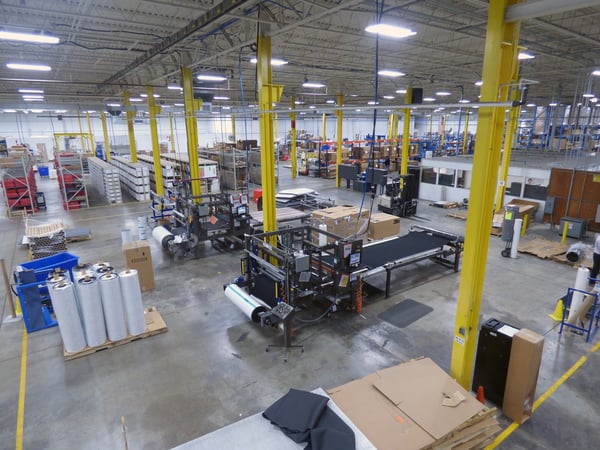
All manufacturers want to create great products, but it’s not always easy to do so in a cost-effective way. However, in an industry as old as HVAC, there are many opportunities to cut costs if you know where to look.
By assessing your current material selection process and chosen materials, you can identify areas for improvement that affect both your product and your budget. Reducing costs in the selection process also saves money for your customers, which is a huge boost for any business.
In this guide, the material experts at Mueller are going to break down the three key factors to consider when trying to reduce costs in your material selection process. By familiarizing yourself with these factors and how they affect your selection process, you can stop overspending and start optimizing.
What Materials Are Commonly Used in the HVAC Industry?
The HVAC industry is currently looking to increase productivity and lower pricing through new material technology.
There are many manufacturers in the HVAC industry who still use materials that were specified years ago. In the past, these foam or rubber materials were made in buns as opposed to rolls, which is how they’re currently produced.
Thin metals and plastics are also being used more frequently in the HVAC industry as a way to reduce costs. These materials are replacing thicker and heavier metals, which can also improve product performance.
.jpg?width=512&name=unnamed%20(6).jpg)
How Can You Lower Costs in the Material Selection Process?
There are three key factors that can save money in the material selection process.
Make Sure Your Materials Aren’t Overspecified
It’s common for companies to over-spec materials. If you’re looking to cut costs during the material selection process, spend some time looking at product spec sheets. This will help you make sure that your chosen products aren’t too aggressive or high-level for your application.
A common example of this in the HVAC industry is with ASTM-E84 or UL723 materials. Those specifications signify that a material has low smoke and toxicity levels, which is usually required when insulating an airstream or ductwork. Manufacturers often use materials with these specifications for gasketing throughout a unit, even though it’s not needed for applications that don’t involve the airstream.
Instead of using this specialized and expensive material, find an option with lower specifications, like UL94-HF1 specified materials. These options have a lower cost, but still meet performance standards, which can be a big win for both you and your customers.
Don’t Overspecify Adhesives
Just like your material choices, the adhesives you use during the manufacturing process could be driving up costs. The two main adhesive types used in HVAC applications are acrylic-based and rubber-based, each with their own properties and uses.
Acrylic-based adhesives take time to fully adhere to materials, but they last years without drying out or delaminating. They also have high heat resistance. This adhesive type is used for applications where it is the primary material holding two surfaces together.
On the other hand, rubber-based adhesives have a high initial tack, meaning they adhere to most surfaces quickly. This adhesive type works best for holding product pieces in place during assembly before they’re mechanically fastened.
You can reduce costs and save money by using the right adhesive for your application. If you’re assembling a product that is going to be mechanically fastened, don’t use an acrylic-based adhesive. They are more expensive than rubber-based adhesives and far too overspecified for that application. Small changes like this will save you and your customers money in the long run.
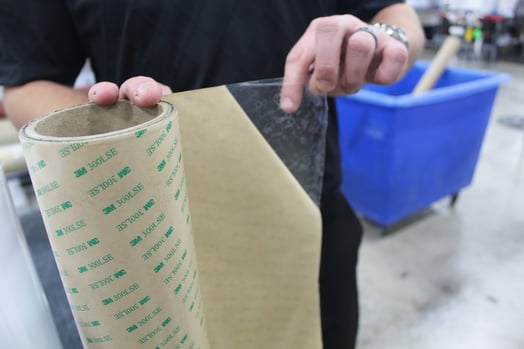
Switch from Bun to Roll Materials
As we discussed earlier, many manufacturers are still using old specs to supply their materials.
In that old material process, you would glue the material buns together, cut them to the desired thickness, and then apply an adhesive to them just to get a roll. Now, materials are continuously made in rolls, making it easier than ever to manufacture with speed.
To reduce costs in your material selection process, find alternative materials and make sure they are continuously made in rolls (not in buns). Simply switching from bun materials to rolled materials will save you money without having to completely overhaul your process.
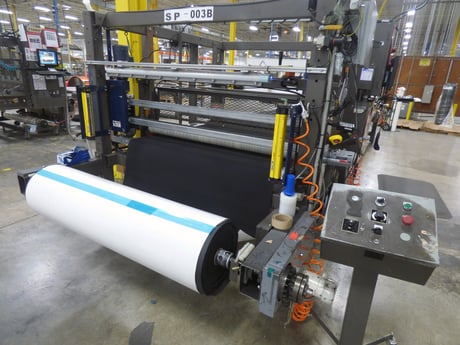
Why Should You Change Your HVAC Material Selection Process?
There is no catch-all method for reducing costs during the material selection process. However, by making small changes, you can see large returns and savings for you and your clients.
By understanding the different specifications of your materials and adhesives, as well as how those materials are produced, you can find opportunities to cut costs. Making changes in these areas will help you create products that save you money without sacrificing their performance level.
Through smart material decisions, you can start saving while still making great products. By making sure you know where your products will be used and what they have to do, you can stop over-specifying and overspending.





